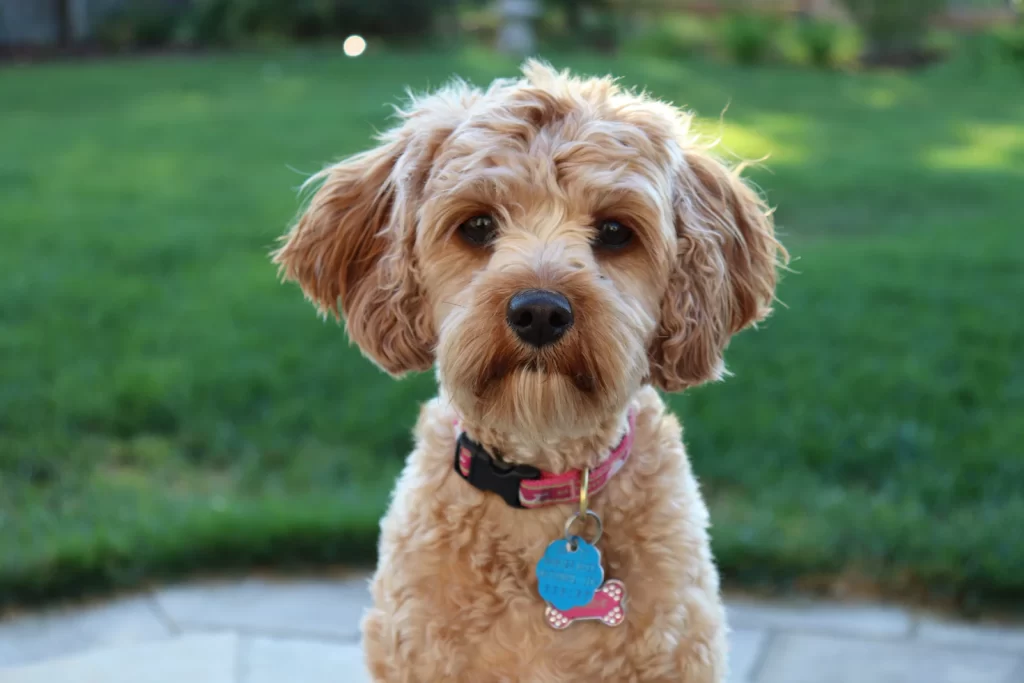
There are many reasons why a person could be interested in specific qualities in a pet. Some of the most common reasons include allergies or the presence of young children in the household. Designer dogs as new breeds usually emerge in response to the specific needs of dog lovers.
It is not wrong to get a designer dog if you are welcoming one from a kind, responsible breeder who treats their dogs well and does not breed dogs with inherited health problems. Keep in mind that there is more variability in physical characteristics and temperament, as well as intelligence since the puppy could resemble either both parents or mostly just one parent.
What Is A Designer Breed?
Dogs that are purposefully bred from parent dogs that are of different breeds are referred to as designer-breed dogs. That is not always as simple as it sounds.
If you think about the next generation of designer breed dogs, things are not well defined. For example, if you would like to breed Goldendoodles, should every new generation of puppies come from a golden retriever and a poodle? Or should they come from two other designer dogs, specifically Goldendoodles in this case?
Breeding Goldendoodles from a poodle and a golden retriever would not be a classic example of how a breed continues over generations. The puppies could also look very different, essentially like dogs of different breeds, depending on which parent they resemble more.
If new designer puppies come from two dogs of the same designer breed, there could be an issue of a limited genetic pool and inbreeding, since designer dogs are, by definition, new and there may not be many specimens. If a designer dog comes from two other designer parents, then after several generations it is not a designer breed anymore – it is just a new breed.
The definitions are not so much the purpose of this post, of course, so let’s consider some aspects of welcoming a designer-breed pet into your household.
FACTORS TO CONSIDER BEFORE YOU WELCOME A DESIGNER BREED DOG
Less Predictable Qualities
The variability of intelligence and temperament is not specific to designer-breed dogs. Many non-physical characteristics are not as specific to particular breeds in general as many people believe, according to some of the most recent studies. Upbringing, as well as proper socialization and responsive training, are the most important factors.
Of course, there are still some very particular qualities that dogs were bred for over centuries. For example, herding dogs were bred to chase and bark, and companion pets were bred to be very owner-oriented. So, the breed may predispose an animal to some behaviors but there are plenty of modifying factors. Designer puppies really might not inherit the desired characteristic, unless it is typical for the breeds of both parents.
Variability of Physical Traits
It could be challenging to predict what the puppy would look like and if the dog would have any specific physical traits of either parent, too. The reason for that is any individual puppy could either resemble both parents equally or strongly resemble one or the other parent dog.
Even very basic features, such as the quality or length of fur, are unpredictable with designer dogs. So, if certain characteristics, including the dog’s shedding potential, are very important to you, you might not get exactly what you are looking for.
If you are seeking a hypoallergenic dog, even non-shedding dogs can trigger allergies, so there is not a dog that does not cause any allergies in anyone. A particular animal could be a great match for a sensitive individual if he or she is not allergic to the proteins shed with the dog’s saliva and dander.
Limited Genetic Pool
Since designer breeds are new, by definition, there may not be many dogs of the particular breed in the world at all. So, dogs could be bred from only a few dozen or hundreds of specimens, depending on the breed.
With the limited genetic pool comes the risk of the prevalence of certain genetic conditions. Inbred animals are often unhealthy. Of course, working with responsible breeders is important if you prefer animals of very specific breeds, and that practice is a way to prevent inherited ailments in dogs.
When you find a breeder you would like to work with, ask to see the parent dogs and where they live to make sure you are working with people who treat their animals very well.
To Conclude
Having a strong preference for a particular breed, classic or designer, could be viewed as vain by some people. In reality, there are many valid reasons to wish for a dog of a specific background.
If you are mindful of where your pup is coming from and you are prepared for some possible unexpected features or behaviors, you could find a great companion and a perfect match for your household.

